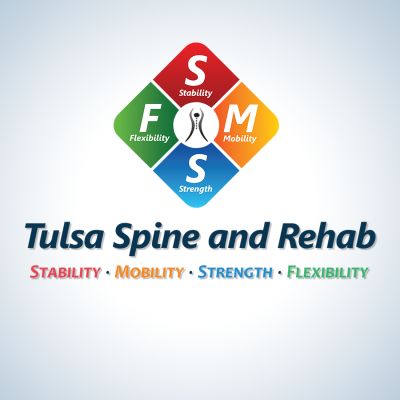Part IV: The Chiropractor’s Toolbox
This is the fourth and final post in a series where we talk about Scott Baker’s low back pain. If you haven’t already, be sure to read Part I: Investigating Your Options, Part II: Doing Your Research, and Part III: Chiropractors’ Philosophies. We previously covered the primary care physician’s role, the characteristics you should look for while selecting a chiropractor, and the different kinds of philosophies that chiropractors utilize.
Part IV- The Chiropractor’s Toolbox Warning Signs of Tightness and PainWhen we talk about the practice of medicine, it’s true in the very sense of the word. Over the years, doctors are hopefully able to hone their skills and develop better techniques. We’re steadily adding tools to our figurative toolbox. For example, I’m a much better manual therapist than I was when I first graduated. The accumulation of real-world experience makes it easier to make a determination of a patient’s issue. Tenderness, spasms, trigger points, and joint limitations become much more evident to a trained eye. I take pride in setting clear expectations for the patient, being gentle, and making sure they have a good experience overall.
Sadly, I’ve heard about people who’ve had bad experiences in other clinics. They end up leaving the office feeling even worse than when they started. As we spoke about in Part II, friends, family, and online reviewers can attest to some of the horror stories patients experience. This is partly a result of chiropractors who haven’t built up their toolbox over time. They might not think creatively or freely about incorporating other providers who compliment their skill set. The decision to incorporate other providers doesn’t meant that I’m not good at what I do. It means that I recognize that there are others who can assist me in giving patients the best care possible.
It’s all about choosing the right tool for the job—if all you have is a hammer, everything looks like a nail. If a chiropractor would hypothetically get honed in on performing the same treatment for every condition, the results would be substandard at best. There are unfortunately too many situations where a chiropractor’s training is outdated. They were taught that manipulation is the gold standard of care and it’s appropriate for everybody. I’m confident in stating that that’s flat out wrong. We’d all agree that a sinus infection should be treated differently from a painful shoulder. The same thing applies here—doctors must determine what the issue is and then treat it accordingly.
Is pain medication one of the tools in your toolbox? If you can’t prescribe medication, does that put you at a disadvantage?
I’m asked that almost every day. Many chiropractors are adamantly opposed to prescription drugs. However, that attitude is definitely changing. I believe in the efficacy of prescription medication. As I spoke about in Part I while discussing the role of the primary care doctor, drugs can assist with inflammation and managing pain. In fact, I work closely with a pain management facility here in Tulsa.
As chiropractors, we do not have prescriptive rights, so we’re unable to write prescriptions for pain medication. There are some groups out there that are trying to obtain rights for basic medications such as anti-inflammatories. Do I think that I need prescriptive rights as part of my toolset? Absolutely not. I think we’re able to use conservative treatments effectively with exercise and manual therapy.
At the end of the day, there may be other chiropractors in my area that are just as good as I am. I think what differentiates me is the strong people that I have around me who are able to do different things. Hopefully that’s what gives me an advantage—I have a toolbox that I’m proud of. I look back to when I first started practicing and I only had manipulation/adjustments and soft tissue techniques at my disposal. I tended to mostly talk about myself, hoping to convince patients that I could help them.
At a certain point, that all stopped. Now it’s about setting clear expectations and letting the research and science speak for itself. The facts are laid in front of the patient so they can make the decision on their own. Now, I have chiropractors with a wide range of skills, acupuncturists, naturopathic physicians, yoga instructors, fitness instructors, and massage therapists. We even have an osteopathic physician in-house that does manipulation. If we have the resources to treat a condition more comprehensively, that’s going to result in more effective care and a better patient experience.
I want to thank Scott Baker for his story and insightful questions. I also want to thank you for educating yourself by reading this four part series. If you have any questions about the topics we covered, contact us online or give us a call at (918) 743-3737. You’re also welcome to send us any different questions that you’d like to investigate in future posts.
The post Part IV: The Chiropractor’s Toolbox appeared first on Tulsa Spine and Rehab.
